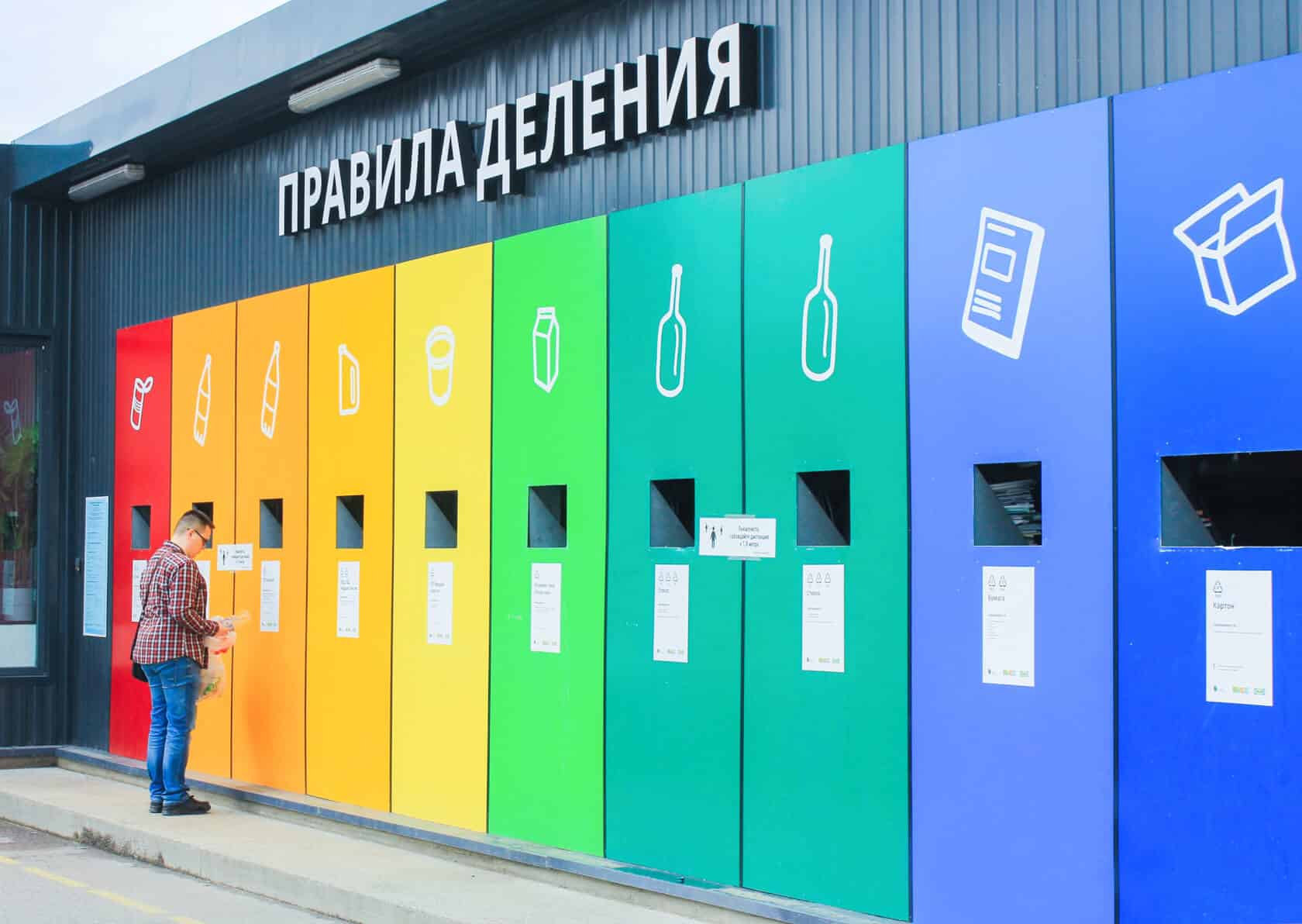Let's take a look at the countries that produce the most, and least amount of waste.
It’s true that the developing world produces much less garbage compared with advanced countries.
On a per-capita basis, the United States of America, and Canada are among the largest producers of waste. The figures are quite mind-boggling at almost a ton of garbage being produced per person per year. Add to that the rest of the waste!
And what becomes of recycling of the waste that we so meticulously put into separated containers?
Plastics
Plastics account for extensive amounts of waste, about 6.3 billion metric tonnes, mainly from the developed world. Since the plastics that we throw into those nice yellow bins happen to be of different grades, only about 8.7 percent gets recycled. Most of the single use plastics such as bottles for water, those pretty looking bags in which we buy chips and similar end up in landfills and remain there for time immemorial or are dumped into the sea and we eventually ingest a fair amount via the seafood we eat.
Recycled plastic has limited use in most of the advanced world due to the loss of quality. They are still quite ingenious in the developing world where one family ‘industries’ turn single-use plastics into goods such as buckets, mugs, containers etc. and sell them, often directly, to the user. These dull looking buckets, mugs and other kinds of plastic products just won’t sell in the more affording world.
Glass
The story is the same with glass. Different types of glass have different chemical properties and melt at different temperatures and thus most of it goes unrecycled. Beer bottles, at an average, are reused about 15 times because most users scrupulously return them to the supermarkets. Whereas, those many hundreds of millions of wine bottles are typically used only once.
Paper
The story with recycling of paper and paperboard packaging is thankfully different with around 80 percent being recycled, nearly 4 percent is used for combustion towards generation of energy and the rest going to landfills.
Cans
The tale gets even better with discarded tin and aluminium cans. These are usually washed using chemicals, crushed, compressed, shredded and then melted to form flat sheets for use again.
Most countries either do not have the capacity for recycling most of what is wasted and some just do not care.
Sweden is the only nation that is able to handle garbage and in fact imports rubbish from other European nations for the generation of energy.
These countries recycle the most overall:
Germany – 56.1%
Austria – 53.8%
South Korea – 53.7%
Wales – 52.2%
Switzerland – 49.7%
Sweden – Despite the need to import garbage has numbers similar to Switzerland. Norway and Britain, by the way are the two largest garbage exporting countries to Sweden.
These countries recycle their plastic the least:
Chile is the worst with only 1 percent being recycled. Turkey is similar, Mexico comes next. Greece is also there right at the top. Israel also makes it to the list of countries that recycle plastic the least.
Nothing holier than thou about the developing nations, though. With consumerism and urbanisation fast catching up, the waste in these countries is also growing at a phenomenal rate and given the population, unless their governments take anticipatory measures, the situation could become pretty bad.
All in all, one would say recycling is a success despite the lack of capacities which are being expanded by most of the nations and the average citizen is conscientious.
Picture: Esich Elena / Shutterstock.com
Check out different cultures and traditions here on youthtimemag.com!
Support us!
All your donations will be used to pay the magazine’s journalists and to support the ongoing costs of maintaining the site.
Share this post
Interested in co-operating with us?
We are open to co-operation from writers and businesses alike. You can reach us on our email at [email protected]/[email protected] and we will get back to you as quick as we can.










